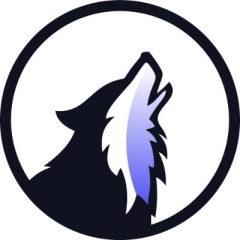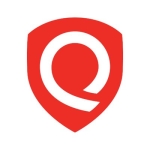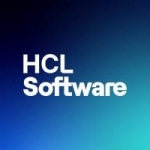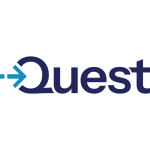We primarily use Vicarius vRx for vulnerability detection and patch management. Its support services, interface, and scripting capabilities are all quite good. The network functionality and audit compliance features are valuable assets that our end customers frequently request.
Vicarius vRx is an excellent platform for consolidating vulnerability discovery, prioritization, and remediation. The vRx agent, deployed on endpoints, detects vulnerabilities at both the OS and application level. It prioritizes these vulnerabilities based on various criteria, including Vicarius's xTag system, which considers application usage and network activity. This automated prioritization, ranging from critical to low, eliminates the need for manual intervention. After installation, the agent automatically scans for vulnerabilities every 15 minutes and plans for remediation.
We automated the installation of critical OS patches and browser updates, as well as updates for essential applications used in every environment, such as Microsoft Word, Excel, and important server-level applications.
The time saved by using the automation depends on the environment and the number of endpoints we have.
The vSociety forum fosters collaboration among Vicarius members, customers, partners, and industry analysts to address vulnerabilities and emerging security needs. For example, when a recent CrowdStrike Falcon update presented an issue, the vSociety community swiftly decided on a mitigation strategy, and carriers remediated the problem within hours, benefiting all end customers.
The benefits of Vicarius were immediately apparent, with no downtime ensuring continuous performance. Patches could be deployed to computers as soon as agents were installed on the endpoints.
As a security engineer, I believe all endpoints and applications should be patched regularly, ideally weekly or monthly. Unpatched systems are inherently vulnerable to security threats. Automated tools like Vicarius can help streamline the patching process and ensure comprehensive security coverage.
Vicarius's patchless protection is a valuable feature that uses a dedicated engine to protect applications from vulnerabilities, especially when patches are unavailable. Many applications have exposed APIs, which malicious actors can exploit to bypass security measures. Vicarius's patchless protection monitors application activity for exploitation attempts and blocks them in protector monitor mode, effectively mitigating the risk of exposed APIs and other vulnerabilities.
A scripting engine allows the creation of custom scripts to mitigate threats, which is especially useful for those with in-house applications. Since these applications aren't publicly available, a repository is needed for patching, and the scripting engine facilitates this. Additionally, the engine can be used to deploy or uninstall third-party applications on endpoints.
Vicarius vRx reduces the mean time to remediate by automatically remediating vulnerabilities in critical applications such as Microsoft Edge and Office within 24 hours of detection.
Vicarius vRx significantly reduced our patching time by 50 percent by automating what was previously a manual process.
Vicarius vRx's automation feature is its most valuable, allowing us to automate manual tasks, receive automated reports, and easily check device update status. This simplifies updates for IT managers and executives.
Vicarius vRx's application management capabilities could be improved by allowing users to manage and uninstall applications directly within the GUI, eliminating the need for scripting and streamlining the process.
I have been using Vicarius vRx for almost three years.
While we have not experienced any stability problems, a recent issue with login tokens caused a two-hour system outage.
Vicarius vRx is scalable and it continues to improve in their roadmap.
We have contacted the support several times, and they have always resolved our issues within one or two phone calls.
While I've used Qualys and ManageEngine, Vicarius vRx offers patchless protection, a key performance indicator of data security that the other two solutions lack.
Deployment is straightforward using Vicarius's one-line PowerShell script installer, which automatically installs the vRx software on edge and endpoint devices. Vicarius also supports deployment through other tools like Microsoft Intune MDM.
The deployment, on average, takes two days to complete.
Vicarius vRx offers a competitive price point for the features it provides.
I would rate Vicarius vRx eight out of ten.
Vicarius vRx is a more robust remediation solution compared to other tools, offering excellent support, features, and performance. We have experienced no downtime with this solution.
Periodic maintenance for vRx is required on the cloud service and for agent updates.
Vicarius vRx is a user-friendly patch management solution that allows for centralized vulnerability management. Through a single portal, users can identify and automatically remediate vulnerabilities.


















